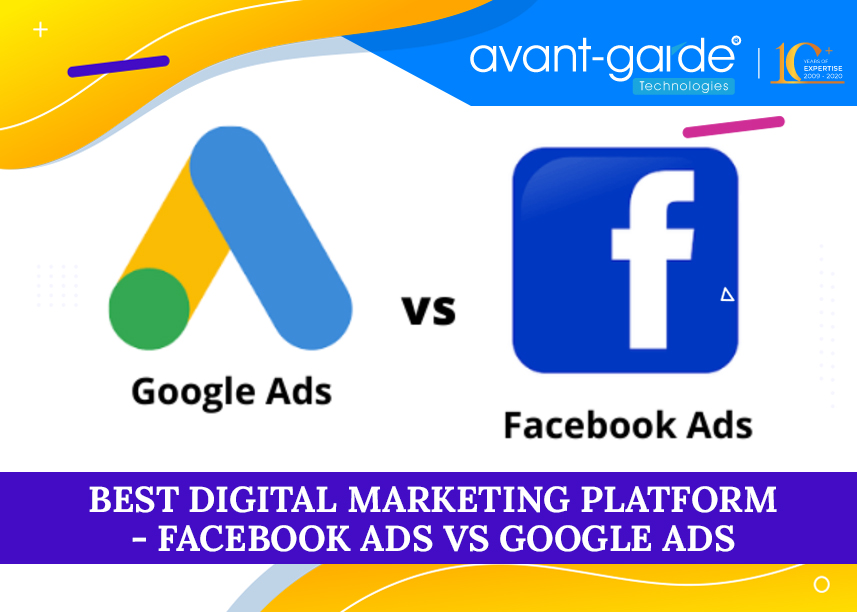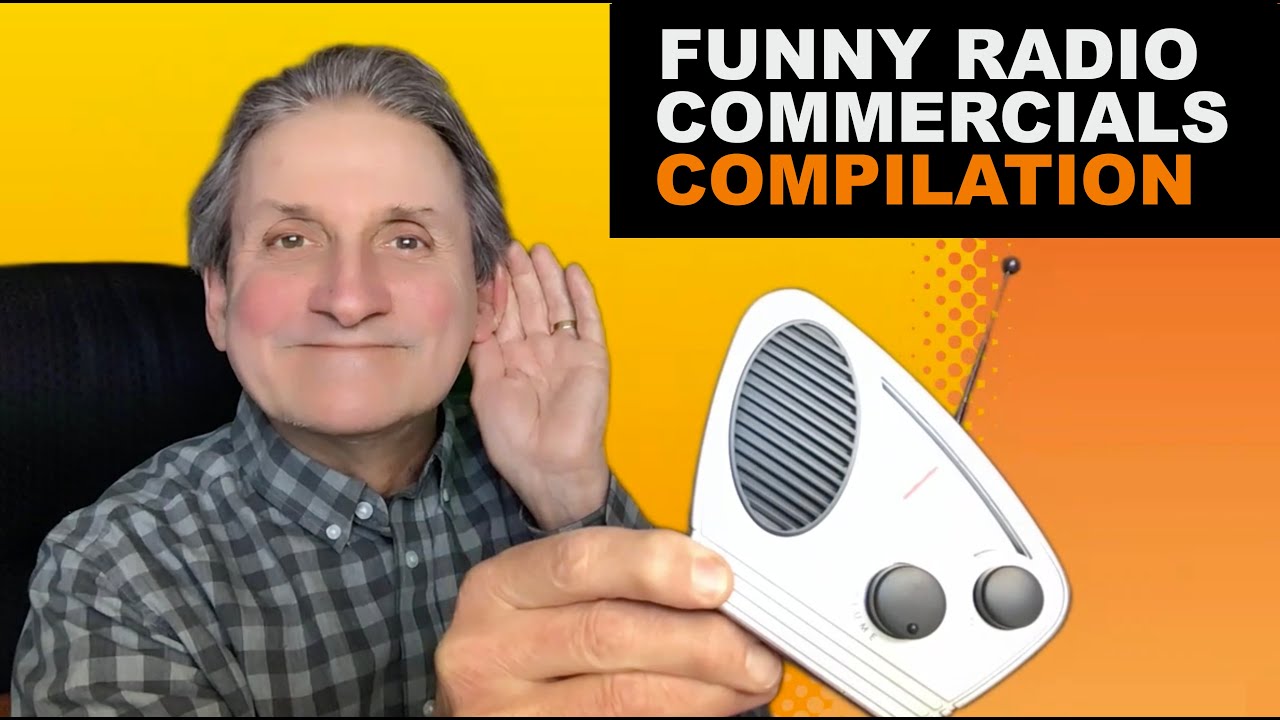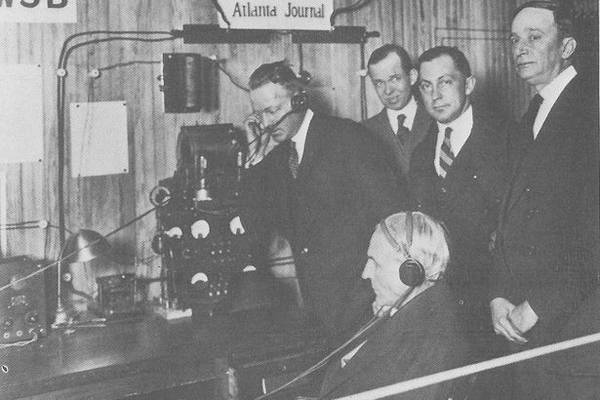
Radio advertising was new in the 1920s. Advertising on radio was still relatively new and some agencies and companies took advantage of it. Radio ads require a lot more creativity than traditional print advertisements. These ads targeted a particular group of people by using specific words and images. This helped advertisers convince their clients to buy their product.
As the industry grew, some companies hired musical acts to perform on commercially sponsored programs. As more people purchased radios and started to listen to them, the popularity of this medium grew. By the late 1920s, most stations carried commercially sponsored programming. Giant corporations were some of the first advertisers to air on television.
Advertisers began testing the effectiveness of radio as a marketing tool. Remick’s Music Store, for example, purchased a large ad in a local paper promoting KFC in March 1922. Later in the year, they traded sponsorship for a weekly broadcast.
Other companies also saw the potential of radio advertising and adopted it. Some of the earliest radio advertisers included the Queensboro Corporation of New York and the American Telephone and Telegraph Company (AT&T). While the two companies weren't the only businesses to advertise on radio, their involvement was the earliest.

As the radio industry evolved, smaller stations began to cover areas where there was little population. These smaller networks were sometimes called "networks" as they gave advertisers the opportunity to reach a wider audience.
Radio advertising became a very lucrative business. In 1929, American companies had spent $3 billion on advertising. But, the Great Depression devastated the industry. There were many factors that led to this.
Advertisers hoped that radio advertising would convince people to buy their products. The medium's high observability was one reason. It was also a relatively cost-effective way to reach a target audience.
Radio was also a form of entertainment that was relaxing and enjoyable. Radio listeners could tune in at any time. During the Great Depression, many people believed that purchasing material goods was the best place to spend their money.
Advertisers aimed to persuade customers to choose their products over the competition. Advertisers claimed that the products they offered were more convenient, healthier, and safer than their competitors. During the 1920s, Americans had more money and believed their success was dependent on their ability to buy more material goods.

The 1920s represented a major shift in American identity. As radios became more common, advertisers were able to reach more people. Radio advertising is another way for companies to build brand recognition. Companies often hired professional window dressers to create billboards or window displays. Other companies hire boys to carry sandwich boards down the streets.
Radio was just starting in its early years, and advertisers were focused on testing premium offers to see if they would work. They also measured their radio's frequency and circulation. They kept testing it after discovering that their products were getting a lot of attention. Several radio stations refused commercials until around the mid-1920s.
FAQ
What is an advertiser buyer?
Advertising space is purchased by an advertiser on TV, radio and printed media.
Advertisers pay only for the time their message is to appear.
They are not necessarily looking for the best ad but rather what is most effective at reaching their target market.
Advertisers may have demographic information such as the age, gender, marital status, income level, occupation, hobbies, and interests of their customers.
These data can be used to help advertisers decide the most effective medium. They may decide that direct mail works better with older people.
Advertisers also look at the competition. Advertisers may choose to place ads near competitors if there are similar businesses in the area.
In addition, advertisers consider the size of their budget and the amount of time they have to spend their money before it expires.
How do I choose my target audience?
Start with yourself, and the people closest to you. Ask yourself "Who am I trying reach?" if you aren't sure where to start.
Ask yourself the following questions: Who are my industry's most influential people? What problems do they have to deal with every day? Which are the smartest people working in my field? Where are they located online?
Take a look back at how you started your company. Why did your start? How did you solve the problem?
These answers will help to identify your ideal clients. They will also reveal their personality and reasons for buying from them.
It is also possible to look at the websites and social networks pages of your competitors to get insight into who they cater.
Once you've identified your target customers, you'll need to decide which channel(s) to use to reach them. A website might be created to reach home buyers, for instance, if your business provides services to agents in real estate.
A blog could be created if your software is offered to small businesses.
You could also create a Facebook account for teens if you sell clothing. A Twitter account could be set up by restaurant owners to allow parents to search for places that are kid-friendly.
The important thing is that you have many options for getting your message across.
What is an advertising campaign?
A campaign is a series advertising messages that are designed to promote a product. This could also include the entire production of these ads.
The term "ad" comes from the Latin word for "to sell." The first known use was by Marcus Terentius Varro (116-27 BC), who used it as a verb meaning "to make a sale."
Large companies or agencies usually do advertising campaigns. They may involve many different media types, including print, television, radio, internet, etc.
Advertising campaigns can last up to six months and have specific goals. Advertising campaigns can have different goals. Some are focused on increasing sales while others generate awareness.
What are your thoughts on television advertising?
Television advertising has the potential to reach large audiences at once. It was also very costly. It is powerful, however, if it is used well.
Although there are many kinds of TV ads to choose from, all share the same characteristics. You must ensure your TV ad fits within the category it is being placed. Don't confuse a lifestyle ad with a product advertisement if you are running a commercial. Your message should be consistent throughout the entire campaign.
A second important thing to keep in mind is that prime-time hours is the best time to air ads. This is because many viewers are able to relax in front of the TV while watching. They should be able to concentrate on what you are saying.
The bottom line is that even if you have a lot to spend, it doesn't necessarily mean you'll be able to get great results. However, this may not be true. According to University of California research, commercials airing during popular shows are less likely to be seen and sell more products than those which air during unpopular shows. If you spend a lot of money advertising on TV, make sure it's done right.
Advertising: What does it mean?
Advertising is an art form. It's not just about selling products. It's about building emotional bonds between brands and people.
Advertising is about storytelling and using images to communicate ideas.
Communicating clearly and persuasively is key. Also, you must share a story which resonates with your target markets.
Advertising is different than other communication methods, such as writing or public speaking.
Because when you create a successful ad campaign, you are creating a brand identity for yourself.
This is how you make yourself memorable. You are someone people remember.
What is the best way to advertise online?
Internet advertising has become an integral part any business strategy. It is a cost-effective way for companies to reach potential customers. However, there are many different types of internet advertising available. Some advertising is free and others are paid.
There are many ways to advertise online, including pop-up ads and banner ads. Each method has its pros and cons.
How much does it cost to advertise on social media?
If you decide to go this route, you should know that social media advertising is not free. Based on the time spent on each platform, you will be charged monthly.
Facebook - $0.10 for 1,000 impressions
Twitter - $0.20 per 1,000 impressions (if you tweet)
Linkedin - $0.30 per 1,000 impressions if you send out invitations
Instagram: $0.50 per 1,000 impressions
Snapchat - $0.60 per 1,000 impressions ($0.40/user)
YouTube - $0.25 Per 1,000 Views
Tumblr – $0.15 per 1000 impressions for text postings
Pinterest - $0.05 per 1,000 impressions per month
Google + - $0.15-$0.20 per 1 million impressions
Tumblr $0.15- $0.20 for 100,000 impressions
Vimeo - $0.20- $0.25 per 10,000 impressions
Soundcloud - $0.20-$0.25 per 1 million plays
StumbleUpon - $0.20 -$0.25 per 1 billion pageviews
Digg: $0.20 – $0.25 per 1,000 diggs
Reddit – $0.20-$0.25 Per 1000 Comments
Wordpress - $0.20--$0.25 per 500 comments
Flickr - $0.20 -- $0.25 per 5,000 photo uploads
Statistics
- Google will display whichever ad type (CPM or CPC) is expected to earn more revenue for the publisher, which is in Google's best interest since they take a 32% share of the revenue. (quicksprout.com)
- In 1919 it was 2.5 percent of gross domestic product (GDP) in the US, and it averaged 2.2 percent of GDP between then and at least 2007, though it may have declined dramatically since the Great Recession. (en.wikipedia.org)
- It collects money from the advertisers, keeps 32% for its role in facilitating the process, and the remaining 68% goes to the publisher (you). (quicksprout.com)
- Nonetheless, advertising spending as a share of GDP was slightly lower – about 2.4 percent. (en.wikipedia.org)
External Links
How To
How to run paid advertisements
Paid advertisement is any marketing activity in the form of advertising where money is paid. Paid advertising can include purchasing ad space on websites or placing ads in magazines or newspapers. You could also pay someone to promote your company online. However, there are many types of paid advertising, including social media campaigns, email marketing, display advertising, search engine optimization (SEO), mobile app promotion, and even influencer marketing.
You need to know the cost of your campaign and the expected results. This will ensure that it runs smoothly. Also, consider whether you can get enough return-on-investment (ROI), to justify the expense.
Before you start a paid advertising campaign, it is important to identify potential customers for your product or service. If you don't know where to start, try free advertising such as posting flyers around your area, making announcements at school or sharing your message via social networking sites.
Once you understand your target audience you can determine the best way for you to reach them. Advertising in classifieds in local newspapers is a good way to advertise if you sell organic food. On the other hand, if you sell cosmetics, you might choose to advertise on TV or radio stations.
Once you have decided on the person you want to reach, figure out what you can spend. There are several methods you can use to calculate your spending budget. One way to calculate your budget is to divide it into daily, weekly or monthly amounts. You can also use a spreadsheet program.